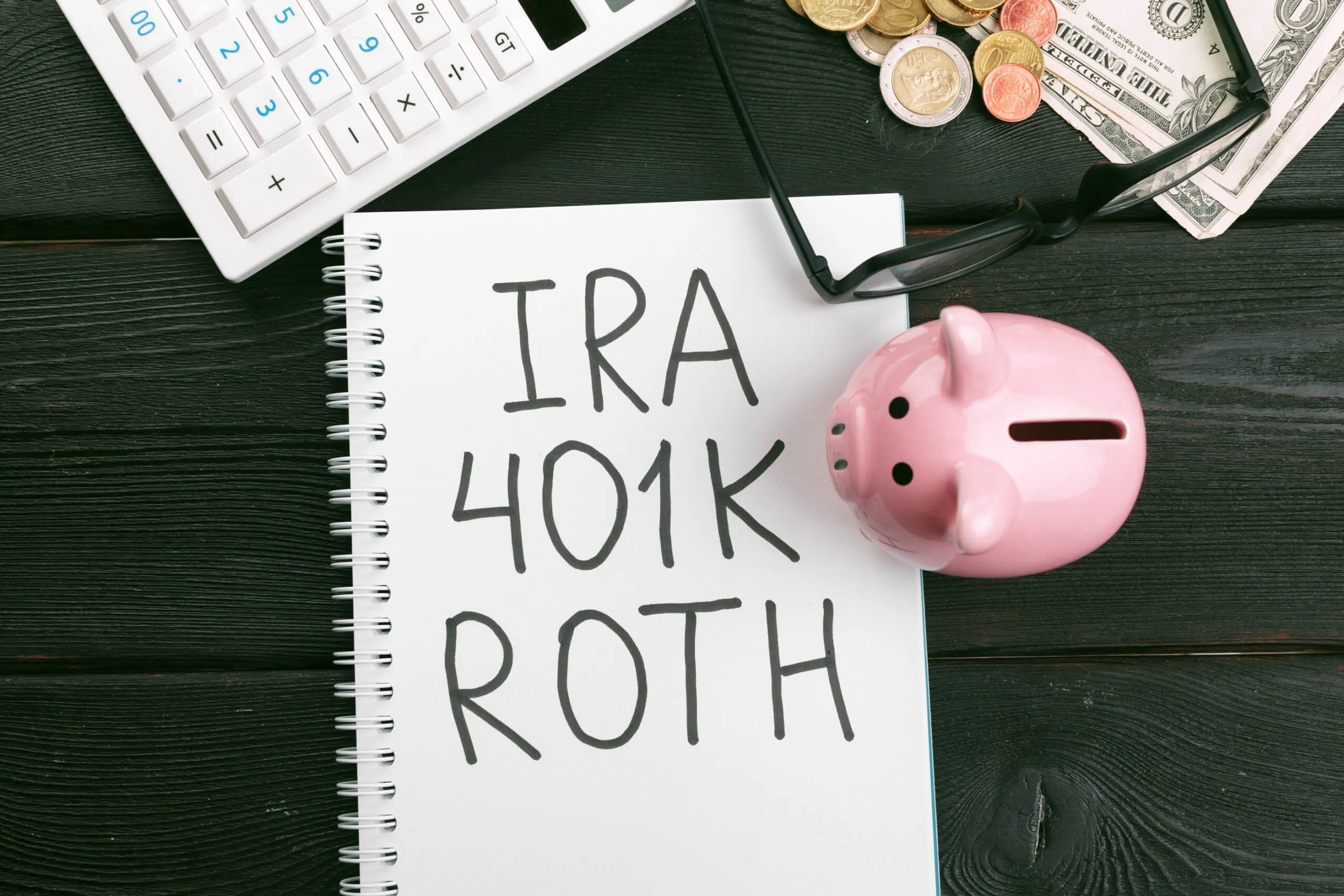What Is the Difference Between an IRA and a 401(k)?
When planning for retirement, two of the most common options you’ll hear about are the Individual Retirement Account (IRA) and the 401(k). While both offer tax advantages designed to help you save for the future, they have important differences in terms of eligibility, contribution limits, investment control, and employer involvement. Understanding these differences can help you make smarter financial decisions and take more control over your retirement planning.
Let’s break it down.
-
What Is an IRA?
An IRA is a retirement savings account that anyone with earned income can open through a financial institution or custodian. There are two main types:
- Traditional IRA – Contributions may be tax-deductible, and taxes are paid when you withdraw the money in retirement.
- Roth IRA – Contributions are made with after-tax dollars, but withdrawals in retirement are tax-free.
According to uDirect IRA Services, one of the key features of IRAs—especially Self-Directed IRAs (SDIRAs)—is investment flexibility. You can invest in a wide range of alternative assets, including real estate, private notes, and precious metals.
-
What Is a 401(k)?
A 401(k) is an employer-sponsored retirement plan. You can only contribute to a 401(k) if your employer offers one (though you can open a Solo 401(k) if you’re self-employed). Contributions are made pre-tax, reducing your taxable income now, with taxes due upon withdrawal.
Many employers also offer matching contributions, which is essentially free money toward your retirement. That’s a major advantage over IRAs.
There’s also a Roth 401(k) option, which allows you to contribute after-tax dollars and enjoy tax-free withdrawals in retirement—similar to a Roth IRA.
You can participate in a 401(k) where you work. If you are self-employed with no full-time employees you can have a Solo 401(k).
-
Key Differences at a Glance
| Feature | IRA | 401(k) |
| Who Can Open It? | Anyone with earned income | Employees of companies offering a 401(k) (or self-employed individuals via Solo 401(k)) |
| Contribution Limit (2025) | $7,000 ($8,000 if 50+) | $23,000 ($30,500 if 50+) |
| Employer Match? | No | Often yes |
| Investment Options | Wide range (especially with a Self-Directed IRA) | Often limited to funds chosen by the plan provider |
| Required Minimum Distributions (RMDs) | Begin at age 73 for Traditional IRA | Also begin at 73 (unless still working and not a 5%+ owner) |
| Loan Option | Not allowed | Allowed in some plans (typically up to $50,000 or 50% of balance) |
-
Which One Is Right for You?
It depends on your goals and employment status:
- If you’re employed and your company offers a match, it’s often best to contribute to your 401(k) first—at least up to the match.
- If you want more control and flexibility, especially in alternative investments like real estate, a Self-Directed IRA gives you greater freedom.
- If you’re self-employed, consider a Solo 401(k), which combines the higher contribution limits of a 401(k) with the control of an IRA.
You don’t have to choose just one—many investors contribute to both.
-
The Bottom Line
Whether you choose an IRA, a 401(k), or both, the key is to start now. The sooner you begin contributing, the more you benefit from compound growth and tax advantages.
If you’re interested in expanding your investment options beyond stocks and mutual funds, consider learning more about Self-Directed IRAs. Visit uDirect IRA’s blog for in-depth guides, investor insights, and real-life case studies.
Want a quick overview? Check out this video explaining the basics of IRAs and 401(k)s in a simple, digestible format.
Ready to Take Control of Your Retirement?
uDirect IRA Services, LLC is here to guide you every step of the way. While we don’t offer investment, legal, or tax advice, we’re committed to empowering you with the tools and support you need to self-direct your retirement savings confidently. Take control of your financial future today! Contact us for a free consultation or open your SDIRA account now.

